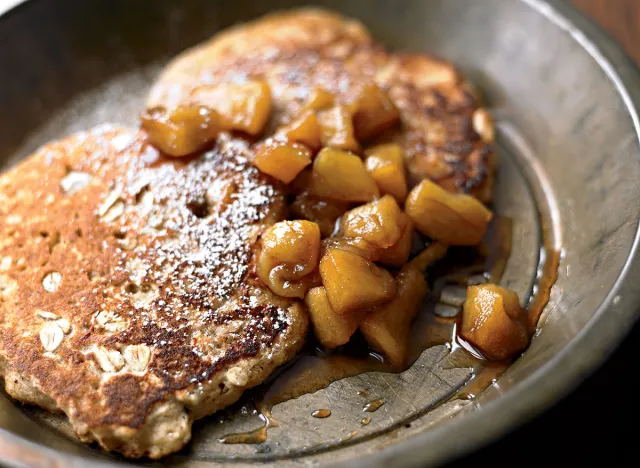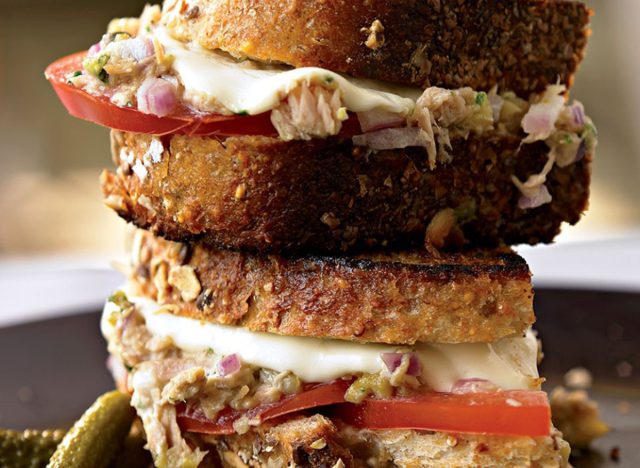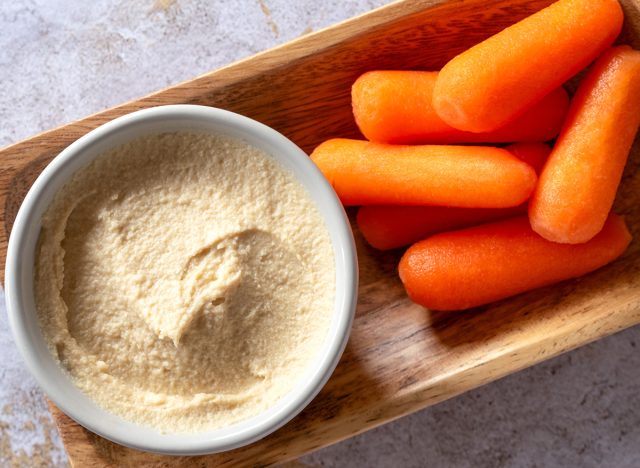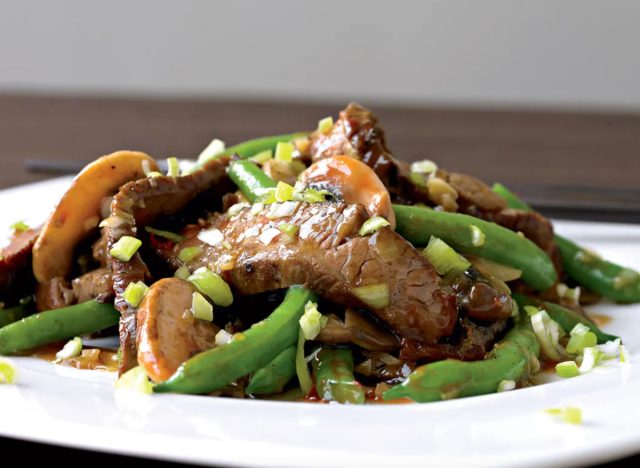Studies show that reducing calories to 1,200 per day is a highly effective way to lose weight. But when you’re used to eating an average amount of calories (which typically falls somewhere between 1,600 and 3,000 per day), a 1,200-calorie meal plan can seem quite restrictive. At this lower intake, it’s crucial to make every bite count by choosing nutrient-dense foods that keep you full and help you meet your nutritional needs as you shed pounds.
As a nutritionist, I’m here to reassure you that creating a balanced and nourishing 1,200-calorie meal plan is entirely possible—it just requires a bit of planning. Here’s how you can hit this calorie target without going over (and without feeling hungry all day).
Who Is a 1,200-Calorie Diet Safe For?
While a 1,200-calorie meal plan is often touted as a gold standard for weight loss, it’s not ideal—or safe—for everyone. Experts, including those at Harvard Health, recommend that while some women may benefit from a 1,200-calorie diet, men typically shouldn’t drop below 1,500 calories per day.
A 1,200-calorie meal plan may be suitable for women who are sedentary, middle-aged or older, have a low resting metabolic rate, or have a smaller frame. However, even if you fit these criteria, you’ll want to check in with your doctor or dietitian to ensure this is a good calorie goal.
How to Determine a Safe Calorie Deficit for Weight Loss
Everyone’s calorie needs vary. So, too, do our required calorie deficits for weight loss. Factors like activity level, gender, age, and metabolism can all influence the number of calories you’ll need to cut to achieve weight loss.
That said, there are some general parameters you can start with. Since there are 3,500 calories in one pound of fat, decreasing your calorie intake by 500 per day can achieve one-pound weight loss over 7 days. Just remember that we lose a mix of water, lean tissue, and fat when we cut calories—so the weight you lose may not all simply melt off your belly or other target areas.
If you have an idea of your current calorie intake, try reducing it by 500 calories per day. If you’re unsure of how much you’re consuming, multiply your current weight by 12 to estimate your daily calorie needs, then subtract 500. For instance, if you weigh 200 pounds, multiply by 12 to get 2,400 calories, then subtract 500 for a target of 1,900 calories per day.
1,200 Calorie Meal Plan Example
Here’s a nutrient-dense 1,200-calorie meal plan packed with balanced meals and snacks to keep you satisfied while meeting your weight loss goals.
Breakfast
You’ll want to divvy up your calories relatively evenly across mealtimes (and possibly a snack) in your 1,200-calorie meal plan. Unless you’re someone who feels the need for a big, hearty breakfast to start the day, I recommend staying at around 300 calories at the first meal of the day. Here are some delicious, nutrient-dense options.

Sample breakfast: Oatmeal Pancakes with Cinnamon Apples (260 calories)
This high-fiber breakfast is a great choice to keep you full throughout the morning. Made with real foods like rolled oats, whole wheat flour, buttermilk, and a whole Granny Smith apple, it’s a minimally processed choice—and a great alternative to sugary breakfast cereals or protein bars. Make a large batch on the weekend and freeze some for later! You’ll thank yourself when a busy Wednesday rolls around.
One other note: skip any added syrup on these. It’ll just ratchet up calories. And since these pancakes come with sweetness from apple juice and a hint of brown sugar, you probably won’t miss it.
Other breakfast ideas:
Lunch
It’s 12 o’clock and you’re ready for lunch! Try sticking to the 400-calorie range as you make your midday selection.

Sample lunch: Quick and Easy Italian Tuna Melt + 1 cup strawberry halves (389 calories)
Say goodbye to boring tuna sandwiches. This Italian-themed melt pairs the savory flavors of olives, capers, and pesto with tuna’s mild, flaky protein. The result: a lunch you’ll genuinely look forward to.
This recipe calls for topping your sandwich with tomato, but feel free to add any other veggies you prefer. (Alfalfa sprouts, cucumber, or spinach would all be delicious here.) Add a cup of halved strawberries for extra vitamin C and fiber. All told, you’ll take in under 400 calories.
Other lunch ideas:
Afternoon Snack
As long as you keep it light, you can still squeeze in an afternoon snack on a 1,200 calorie eating plan. Look for options around 100 calories that are high in fiber and protein to tide you over until dinner.

Sample snack: 10 baby carrots + 2 Tbsp. hummus (105 calories)
Carrots and hummus are a classic healthy snack for a reason. Besides being low in calories, this combo boasts 5 grams of fiber, the nutrient known for its satiating effects. Eat each carrot mindfully, giving it your full attention. With 10 of the veggies to get through, you won’t feel like they’re gone in a flash.
Dinner
For many of us, dinner is where we prefer to use our biggest calorie budget. On a 1,200 calorie diet, you can allot around 400-500 calories for your evening meal.

Sample dinner: Sweet and Spicy Beef Stir-Fry + ¾ c. cooked brown rice (486 calories)
Finish off your day’s calorie intake with this filling stir-fry atop fiber-rich brown rice. You’ll get a full serving of veggies from mushrooms and green beans, plus plenty of protein from flank steak, one of the leanest cuts of beef around.
Other dinner ideas:
Total Calories
Breakfast: Oatmeal Pancakes with Cinnamon Apples (260 calories)
Lunch: Italian Tuna Melt + 1 c. strawberry halves (389 calories)
Snack: 10 carrot sticks + 2 Tbsp. hummus (105 calories)
Dinner: Sweet and Spicy Beef Stir-Fry + ¾ c. cooked brown (486 calories)
= 1,240 calories
Final Thoughts
If you’re going the 1,200 calorie route to weight loss, try building meals around a source of protein, fiber, and healthy fat. These three components are the keys to satisfying meals and snacks. And if you find that 1,200 calories still leaves you feeling hungry, it’s OK to bump your intake a little higher. Remember: when it comes to weight loss, slow and steady wins the race.






